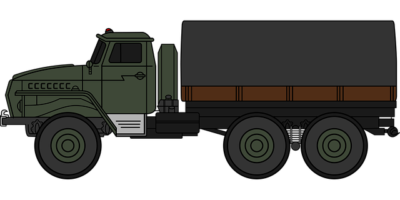The preparation of the Vietnamese Air Force for air warfare was a complex process characterized by limited resources but a high degree of persistence and scientific methodology. Vietnam recognized the need to fight an enemy with a technical advantage and emphasized tactical training and practice.
With limited financial and technical resources, Vietnamese pilots and mechanics trained on simulators built from wood and metal. This allowed them to learn basic skills without the expense of real airplanes. The training was conducted under harsh conditions, but it helped build the pilots’ adaptability and determination skills.
Mobilization of air forces included the establishment of effective commands and structures. Vietnam drew on the expertise of Soviet and Chinese military advisors to develop tactics and battle plans. Air bases were camouflaged and defended against possible enemy strikes.
The training and mobilization of the Vietnamese Air Force underscored the country’s determination to resist aggression and succeed despite unequal opposition. This category emphasizes the importance of strategic planning and adaptation in a resource-constrained environment.
